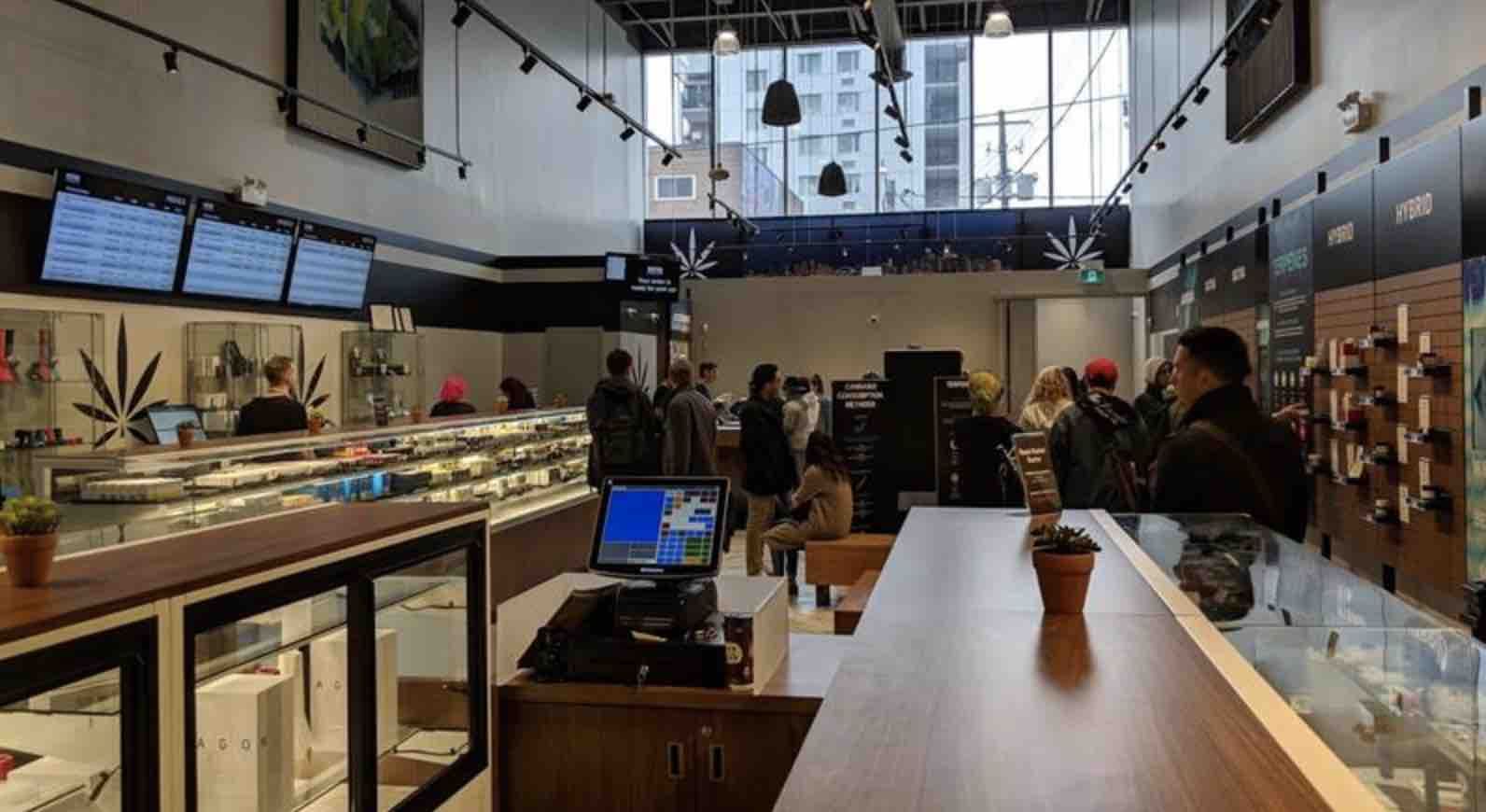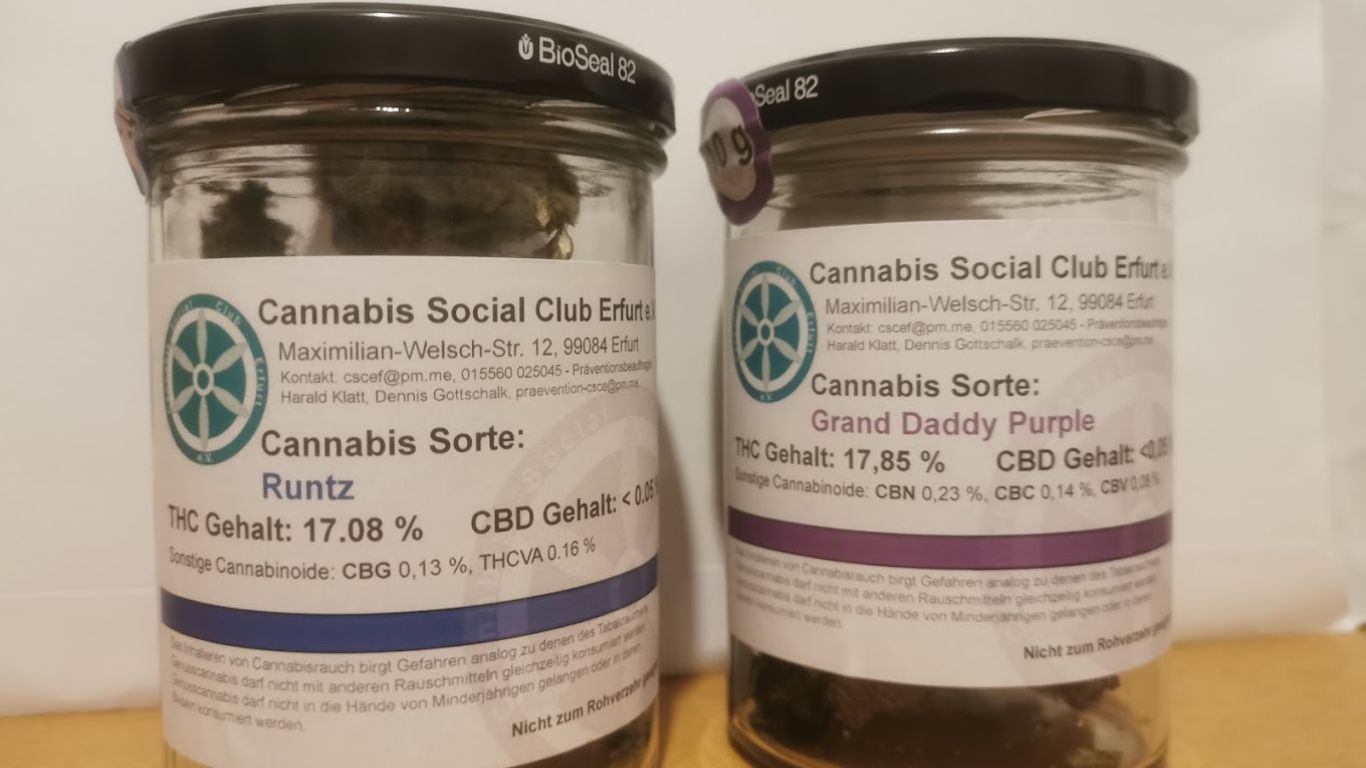
What happens when the elephant in the room is the room itself?
That question for investors in Aurora Cannabis was finally answered with news this last quarter that its massive state-of-the-art Sky greenhouse outside Edmonton would be shuttered in the fall.
Announced with great fanfare in 2018, the 800,000 sq. foot Sky facility was designed to be as close to automated as you can get, estimated to be capable of producing as much as 8,000 kg of cannabis per month in 17 production rooms.
But by the time production started in 2019, with a price tag of well over $100 million, the Canadian cannabis production market was already over capacity with consumer tastes moving rapidly toward the hand-produced craft segment that is everything the Sky facility is not.
While they didn’t talk about it on investor conference calls, it was long rumoured Aurora found out the hard way what legacy growers had known for decades — scaling it up always comes with problems and the more you scale it up, the bigger the problems.
By the time its closure was announced last month, Sky was operating at 25 percent capacity and a victim of its own size, a behemoth unable to respond to constantly shifting consumer demands at a competitive price.
“Sky was originally created… to be one of the largest global, almost completely automated facilities to grow what I would call mid-tier flower,” Aurora CEO Miguel Martin told investors during the last Q3 call. “As the consumer evolved very quickly, bud quality density, moisture, all of those things, and then potency and terps and all these other sort of core character attributes did not lend itself to automation.”
Success, as some say, has a thousand fathers while failure is an orphan. Aurora did not respond to interview requests.
Neither did Canopy when asked similar questions about the demise of its equally ambitious Tweed Farms greenhouse facility in southern Ontario or in British Columbia
This is not to pick on either company in particular, it’s just that they are some of the most recent examples of big cannabis plays from the early days of legalization failing to come to fruition.
If Canada’s big players don’t have the answer, who knows what it takes to pull off a high-quality cannabis crop at a competitive price at volumes that could allow national sales?
While technology doesn’t hurt, it turns out the answer may be just old-school experience. And it doesn’t come from any of the big names.
It’s hard to quantify success in the recreational cannabis market fully, but Pure Sunfarms of Delta BC surely comes close.
At Pure Sunfarms, success doesn’t have a thousand fathers but rather about 800 employees operating primarily out of two 1.1 million square foot hybrid greenhouses located across the street from each other.
CEO Mandesh Dosanj says the facility is currently operating at three-quarters capacity, growing into the facility as part of a carefully planned expansion.
“We’ve never laid off an employee,” Dosanjh adds, pointing to 14 straight quarters of profitability for the publicly listed company as another sign it is doing something right.
He knows full well that part of the company’s success lies in the hybrid greenhouse model, where if done right, the higher cost and quality of indoor meets the lower cost and output of outdoor-grown cannabis.
But Dosanjh says a greenhouse is not the only factor, giving credit to the years of produce-growing experience parent company Village Farms brought to the table, long before they saw their first cannabis plant.
“We have hundreds of years of experience, first with fresh-cut flowers in the early days and then we pivoted to produce,” Dosanjh adds. “We put together an incredible team. We knew high-tech greenhouses, but we were smart enough to bring in the legacy folks.”
Dosanjh doesn’t gloat over Aurora’s difficulties but lays clear what he thinks the problems are with it and other ‘Big Canna’ players.
“In the early days, it was all about telling and selling the growth story in order to get to more capital markets, to raise share prices,” he says. “People thought they could build this defensive moat with these massive facilities. I know they ran into significant yield and quality issues where the products they were growing just weren’t worth it.”
But rather than admit they can’t scale it up, Dosanjh says the bigger companies claim inventory issues. “That’s why you see a lot of talk of inventory build-up with these organizations,” he adds.
Jamie D’Alimonte, CEO of Greenway Greenhouse Cannabis Corporation, had no problem dissecting the demise of Aurora Sky.
“I wouldn’t have started with 20 acres,” he says. “And why did they plant it all so fast? The funds were raised; why spend it right away?”
“I don’t fault the early movers for doing what they did, but they didn’t consult with the right people, the proper large-scale growers,” he says. “Cannabis is an expensive crop to grow, lots of labour and regulations. Had they started slowly, maybe Sky could have succeeded.”
D’Alimonte might just be being polite.
His recent success and that of partner and uncle Carl Mastronardi is also born of long experience growing hydroponic produce in a company first established by D’Alimonte’s immigrant grandparents.
Greenway employs a staff of 18 at two separate facilities in Essex County, ON. One facility is dedicated to propagation and the other to flower production and packaging.
The two facilities operate under different licenses and help with plant quarantine. Plants are put through the vegetative cycle at the nursery before transfer to the flower facility and one of its eight smaller growing rooms.
“The plants arrive raring to go,” D’Alimonte adds.
Growing cannabis only for just over a year, Greenway already routinely pulls 200-300 kg of cannabis per room.
D’Alimonte says their success within that facility lies in adopting tactics from the legacy growers who have long found better yields by stringing together a bunch of smaller rooms rather than running one big one.
“We’ve chosen to do that, to mimic the small-scale approach,” he adds.
And you can only take away so much of the human touch.
“Cannabis plants can’t be moved around, and there’s only so much that can be automated,” he declares. “The only automation we see is in the back end and packaging.”
The facility also includes independently controlled rooms and backup systems for just about everything.
“When growing crops you have to make sure your systems are all in place and are reliable,” D’Alimonte says. “Your location, your staff, all have to be top notch. Plants have needs that cannot be denied.”
Sustainable growth has been one of the hallmarks of the parent company’s decades-long success, he adds, but demand for their product has them already planning to scale up to two more 50,000 sq. ft. facilities.
As a final lesson, Pure Sunfarms’ Dosanjh says to understand your market as it is, not as you want it to be.
“The consumer is the heart of the market. We went to the heart of the market to understand the cannabis consumer as they are today,” he explains.
“In that context, we didn’t build a business upon the future; we built it on the regs currently in play, unlike a lot of companies who are asking government to change the rules to save their business.”
John McDonald worked in mainstream media in Kelowna B.C. before turning his curiosity to the cannabis space.











